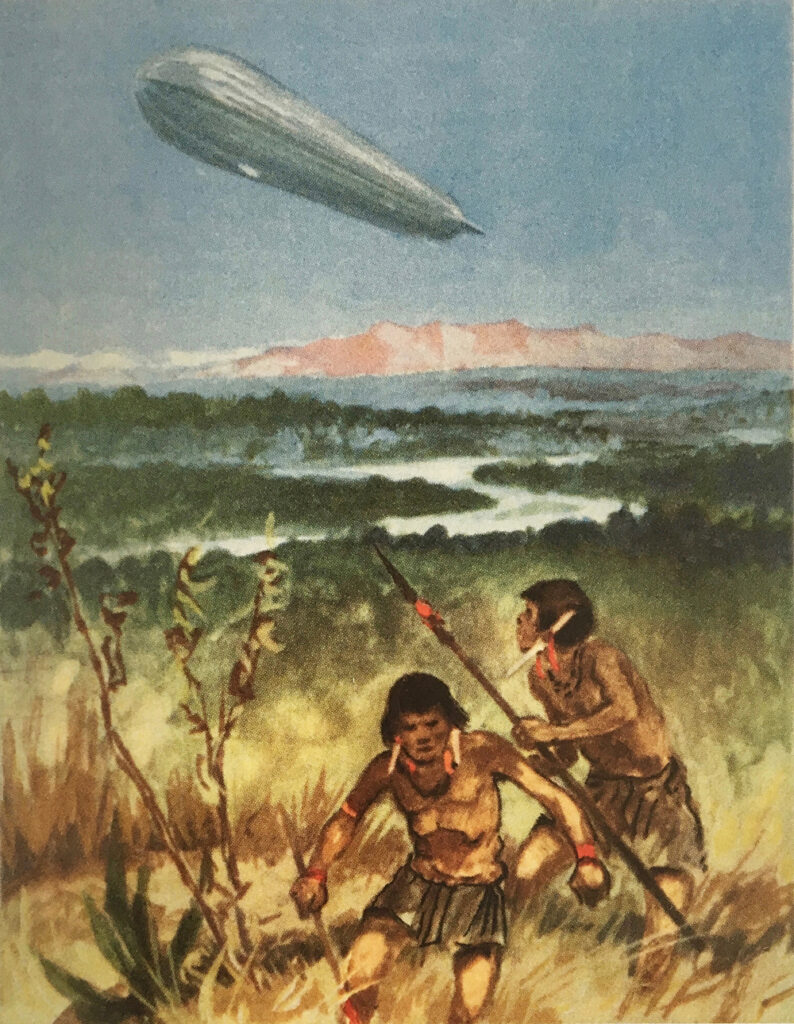Die Sommergeschichte 1984 aus Italien geht so: Amedeo Modigliani vor 64 Jahren verstorben und der berühmteste Künstler der Lagunenstadt Livorno soll nach einer Legende 1909 vor seiner Rückreise in seine Wahlheimat Paris unvollendete Büsten von Frauenköpfen in den Stadtgraben Fosso Reale entsorgt haben. Offenbar waren die “Freunde des Künstlers” nicht begeistert über seine Werke.



In jenem Sommer 1984 wird eiligst eine Ausstellung über das skulpturale Schaffen des Künstlers im lokalen Museo Civico zusammengestellt, doch es kommen nur gerade vier Ausstellungsstücke zusammen. Die Betrauten für die Ausstellung Vera Durbé (Museo Villa Maria) und ihr Bruder erinnern sich an die Geschichte von den verlorenen Kunstwerken im Wassergraben vor ihrer Haustüre. Und so bestellt man Bagger und Bauarbeiter ein um den Fosso auszuheben und dem Gerücht auf den Grund zu gehen.


